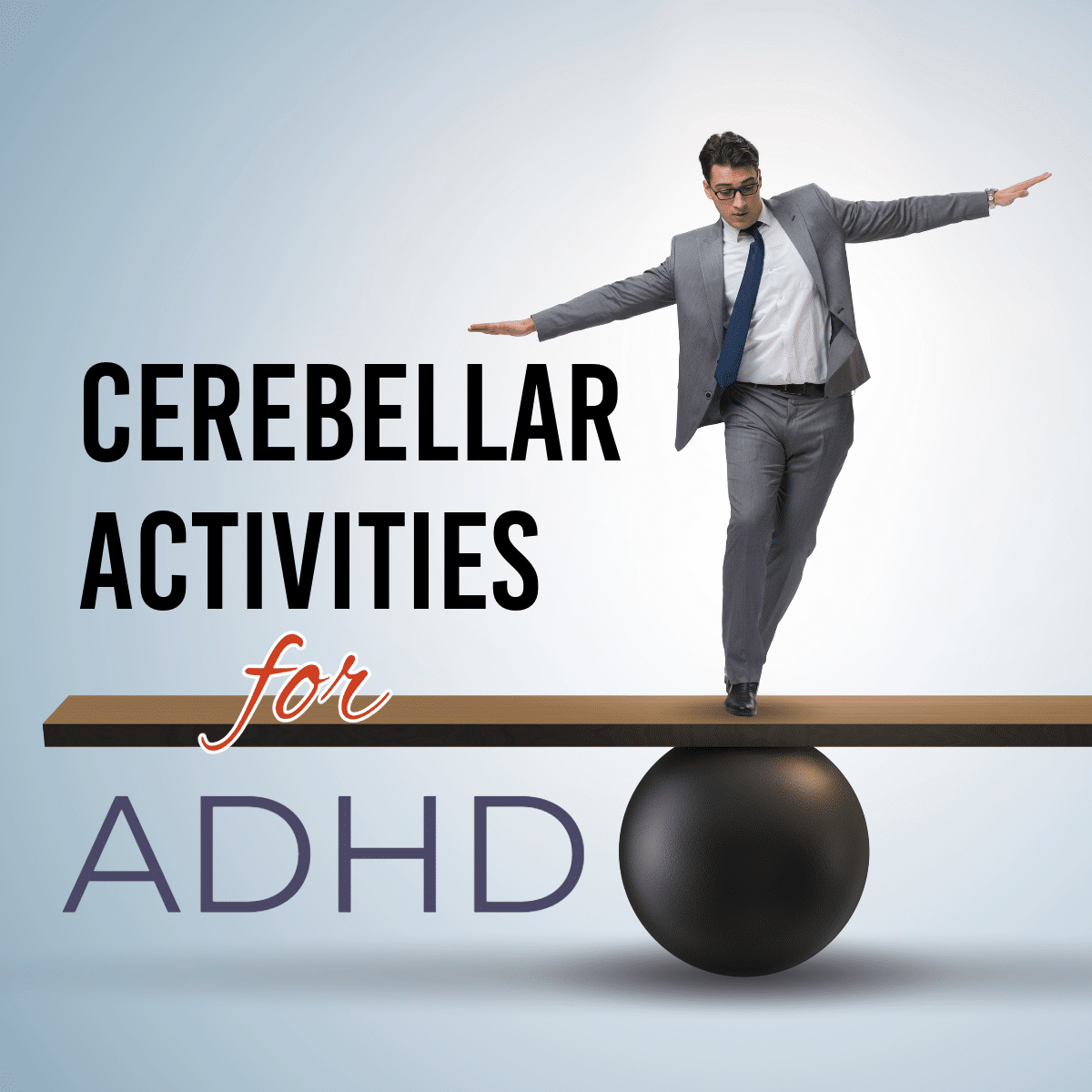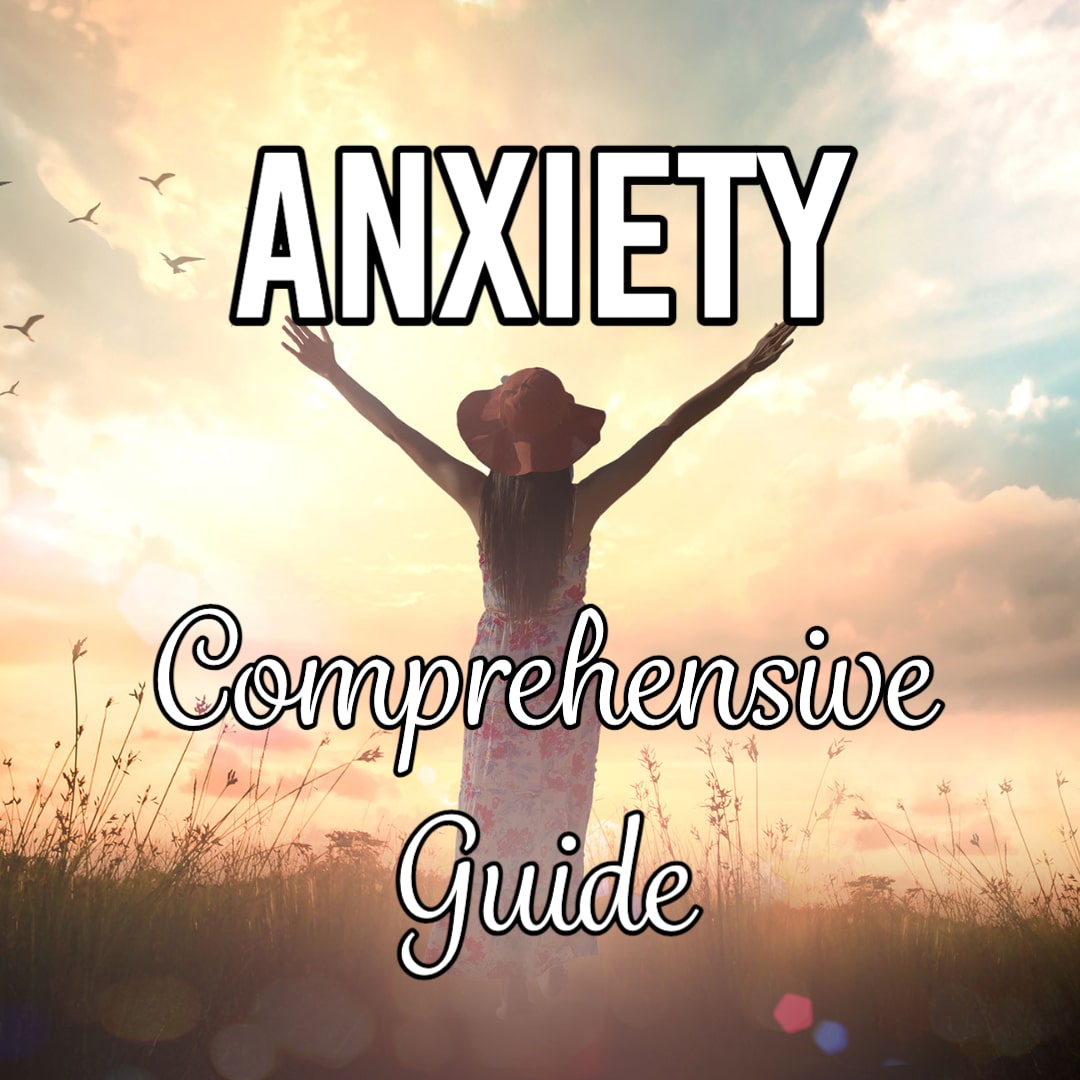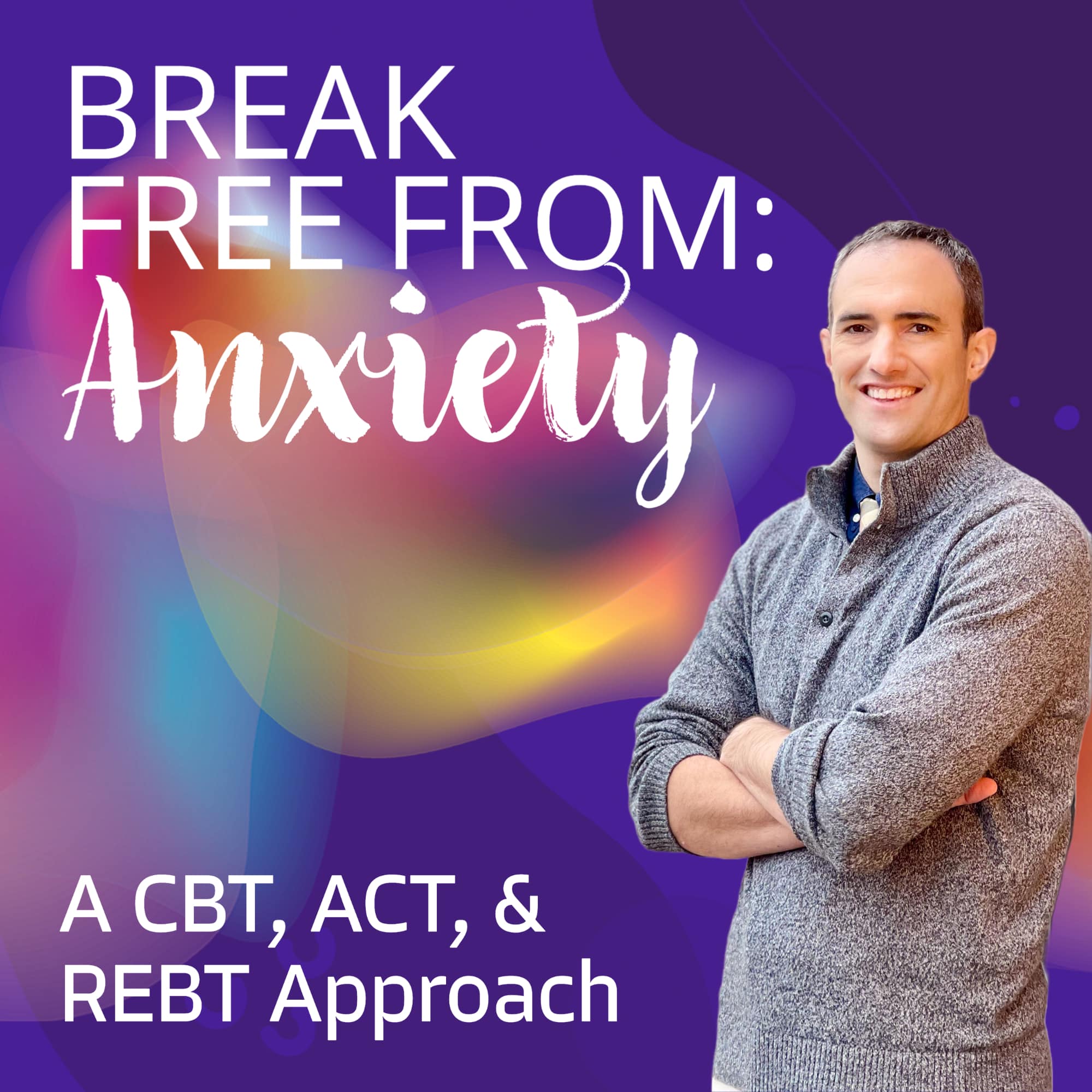
In the late 1970’s, returning Vietnam veterans were recognized by psychiatrists to be “hurting and in need of psychological help.” However, the military-government establishment led them to fear that “VA doctors are likely to interpret their rage at everything connected to the war as no more than their own individual problem” (5). To circumvent the notion that PTSD had political and philosophical origins, research shifted focus to the concept of a normative biological stress response, which served as a justifiable counterargument. Nonetheless, the conceptual underpinnings of PTSD, particularly the goal of treatment being to dampen the stress response, pervaded the approach to diagnosis and treatment for years to follow (4).

Initial biological studies of PTSD suggested the condition is analogous to fear conditioning responses in animals, which led to stress exposure therapy (consisting of controlled reminders of trauma) becoming firmly rooted as the standard of care. Likewise, pharmacotherapy aimed primarily to attenuate symptoms. While this approach benefitted some patients and had evidence-based support, it ignored a body of evidence that trauma survivors demonstrated hypersensitive neurobiology, which was not captured in the stress exposure model which emphasized a system overdrive (4). With the increase of PTSD symptoms in DSM-V from 17 to 20, it has allowed the criteria to be met in over 600,000 ways, demonstrating that this broad phenotypic diversity necessitates the need for diversity in treatment approaches (6).
A recent paper summarizing an expert panel discussion of PTSD, entitled What I have changed my mind about and why, provides an insightful overview of how far we have come in starting to embrace ‘non-traditional’ therapies. The authors describe a shift in framework from the old model of reducing the stress response to one of promoting adaptation and resilience. Treatment providers are often overly optimistic in our abilities to repair the damage, and we need to better explain to patients that some things will never be the same after trauma. As such, our job should not be solely to remove symptoms, suppress arousal, and blunt emotions, but to also focus our patients on their strengths, embrace mindfulness and healing through meaning (7). This article highlights how much social factors and stigma can affect diagnosis, research, and treatment. The history of PTSD is a good example of how adaptation is not only a recommended characteristic for patients, but a necessary one for providers.
- Task Force on Nomenclature and Statistics: Diagnostic and Statistical Manual of Mental Disorders, 3rd ed. Washington, DC, The American Psychiatric Association, 1980
- The Committee on Nomenclature and Statistics of the American Psychiatric Association: Diagnostic and Statistical Manual Mental Disorders, 1st ed. Washington, DC, American Psychiatric Association Mental Hospital Service, 1952
- The Committee on Nomenclature and Statistics of the American Psychiatric Association: Diagnostic and Statistical Manual of Mental Disorders, 2nd ed. Washington, DC, American Psychiatric Association, 1968
- Yehuda R and McFarlane AC: Conflict between current knowledge about posttraumatic stress disorder and its original conceptual basis. Am J Psychiatry 1995; 152(12): 1705-1713
- Lifton R: Home from the war. 1st ed. New York: Simon and Schuster; 1974
- Galatzer-Levy IR and Bryant RA: 636,120 Ways to Have Posttraumatic Stress Disorder. Perspectives on Psychological Science. 2013;8(6):651-662
- Yehuda R, Spiegel D, Southwick S, Davis L, Neylan T, Krystal J: What I have changed my mind about and why. European Journal of Psychotraumatology. 2016;7:33768-33777

 Bruce Bassi
Bruce Bassi





